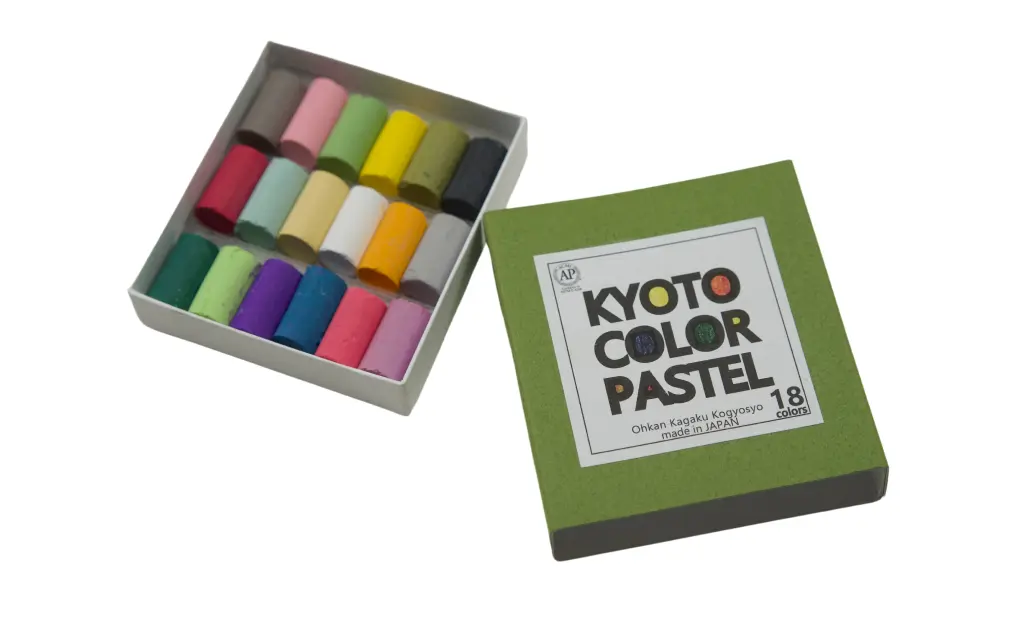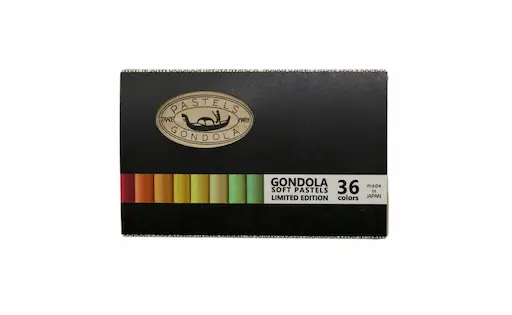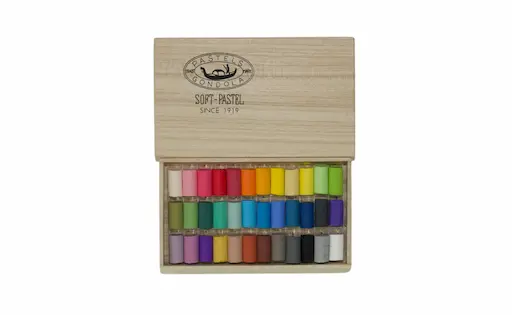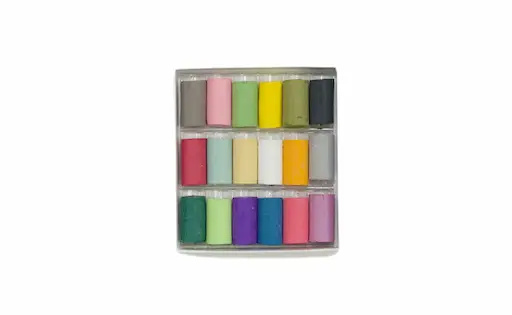Black long hair is considered as the symbol of the “Japanese lady” especially back in the Heian period (794-1192). Ono no Komachi (Birth/death dates unknown), who is renowned for her beauty, is thought to have a very long black hair.
A-1
Ginkakuji temple is one of the well-known tourist sites. Kougetsu dai of that temple is the conical mound of sand said to be using as moon viewing platform. I wonder how the people who lived there back in the days felt looking at it in the silent night with full moon.
A-2
Wisteria Trellis in Byodoin Temple
“Wisteria are flowering near the pond in my garden. I'm waiting for cuckoo birds to come and call. (Anonymous)" It's not certain if the author of this poem envisioned a wisteria trellis like the grand one at Byodoin Temple when writing, but one can still imagine how beautiful the ancient garden must have once been.
A-3
The city Kyoto has maintained its historical beauty on sense of smell as well as sight. As you stroll through the streets, you will notice scents of green tea, stick incense of temples and flowers… from somewhere. These scents always make you feel calm.
B-1
Ohara is the rural town located in northern east area of Kyoto. You can have an expansive mood in warm and sunny day whenever you visit. Ohara gives us a totally different feeling from what we get in the city. A pastoral landscape is another face of Kyoto.
B-2
One of the most important events in summer in Kyoto is the Gion Festival. Many traditional musicians and artists sit in the floats, playing unique music. The procession of floats, adorned with splendid red tapestries, showcases the vibrant passion of the festival.
B-3
Waving Matsugasaki Rape Blossoms
In Matsugasaki area, which locates in the north part of Kyoto there are many rape blossoms in the fields. They look like a big yellow carpet when they're waving. The flower always tell me spring coming.
C-1
Morning Haze over Togetsu Bridge
In the early morning, Togetsu Bridge and the surrounding hills are cloaked in haze, as if wrapped in white veils, creating a mystical world. Especially in autumn, the leaves turn red, transforming everything into a beautiful autumn splendor. This harmony captivates us.
C-2
A clear blue sky hangs over Kiyomizudera Temple, famous for its Otowa-no-taki, or Otowa Waterfall. During the autumn season, the trees burst into flames of red and yellow leaves, creating a stunning contrast against the blue sky.
C-3
When I look at this light green, it provokes the sound of bamboo leaves rustling in the wind. This poet "Coolness for the bamboos of Saga like painted into a picture" by Matsuo Basho(1644-1694) best describes the expression of this color.
D-1
This pale color reminds me of the Noh play theater and its elegant atmosphere. Noh is a classical Japanese musical drama that originated in the eighth century. The actors Kan ami and his son Ze ami refined Noh into its essential form, which they described as the “flower” of Noh in their book "Fuushi Kaden".
D-2
In ancient times, purple was a color reserved exclusively for nobility due to its rarity and value. Today, we still consider purple to be a regal color. With a history spanning over a millennium, Kyoto holds a special place in my heart. It's why I've chosen to name this millennium with such reverence.
D-3
Nakaragi no michi along Kamo River is one of the most famous place known for its outstanding view of cherry blossoms in Kyoto. In spring, many people visit there to appreciate the beautiful cherry flowers. These petals seem like they are smiling at me.
E-1
The view of the Hozu River in Kameoka from the red Romantic Train is spectacular. If you're lucky, you might see a roofed boat going down the river. The cold water splashes against the rugged rocks, creating sounds like soda pops!
E-2
"In the spring sunny day I wonder why flowers are scattering so early without calm mind" written by Ki no Tomonori (Birth/death dates unknown) In Japanese culture, we appreciate flowers not only in full bloom but also as their petals gracefully fall. Until the moment we admire the flowers, we perceive even the fleeting days as peaceful and serene."
E-3
Peaceful Atmosphere of Machiya
Machiya is a traditional wooden townhouse which can be found throughout the city. The front of the machiya features wooden lattices, or koushi, and the ceiling of the second floor is considerably low, which produce a peaceful atmosphere.
F-1
Fallen Camellia in Early Spring
Strolling along the pathway through the garden of Honen-in Temple, you may start to wonder whether the beautifully fallen camellia flowers were purposely arranged. On the moss-covered grounds, the bright red stands out against the green.
F-2
Tadasu Forest Green after the Rain
Tadasu Forest lies within the serene grounds of Shimogamo Shrine. Following rain showers, the leaves take on a deeper hue. The name “Tadasu” suggests self-renewal, and as we gaze upon the rich emerald greenery, we are refreshed, feeling a cool, crisp sensation.
F-3







